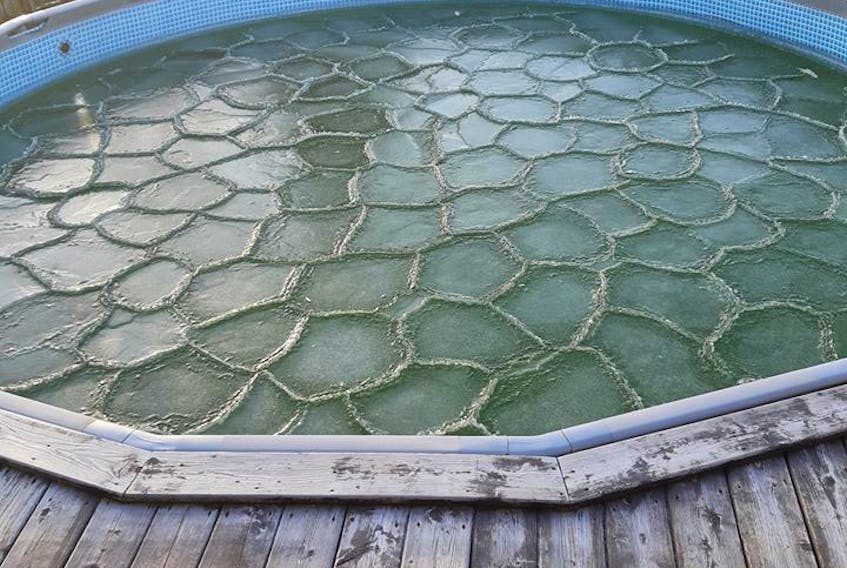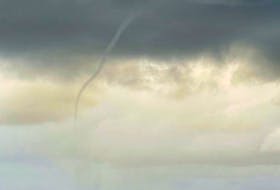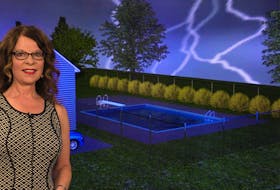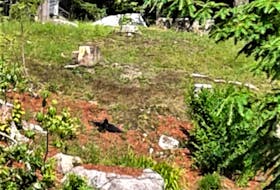Just when you think you’ve seen it all, along comes a photo like the one above.
Tuesday morning, Debbie Koehler was leaving her home in Sydney, N.S., when something didn’t seem right. Out of the corner of her eye, she noticed ice on her swimming pool, but not the usual sheet of ice you might expect. The pattern that formed on the surface was a work of art. I didn’t think it was possible, but pancake ice formed on Debbie’s pool.
“Pancake ice” is the name given to free-floating and mainly circular pieces of ice that form when surface slush accumulates into floating pads. The process begins while the temperature is below zero and moderate wave activity doesn’t allow for a solid sheet of ice to form right away. Wave activity…in a backyard swimming pool?
I was in Cape Breton on Monday and I’m not the least bit surprised; there were white caps on Bras d’Or Lake. I didn’t check, but there might have been waves in my coffee, too. The wind was wild!
Back to the pool…
Pancake ice typically forms when the temperature is between -4 C and 0 C – cold enough to form ice, but not cold enough to create a sheet of ice, at least not immediately. Pancake ice can begin as a thin ice layer known as grease ice or slush on the water surface, which accumulates into circular disks. The “lily pad,” or raised-edge appearance of pancake ice, can form when each disk bumps up against one another, or when slush splashes onto, and then freezes on the slab’s edge. With time and diminishing winds, the individual pancake ice slabs can freeze together to form a solid ice sheet and a masterpiece.
While these are too thin to be textbook pancakes, let’s just call them crepes.
- Have a weather question, photo or drawing to share with Cindy Day? Email [email protected]
- Want more weather information? Visit your weather page.
Cindy Day is the chief meteorologist for SaltWire Network.









